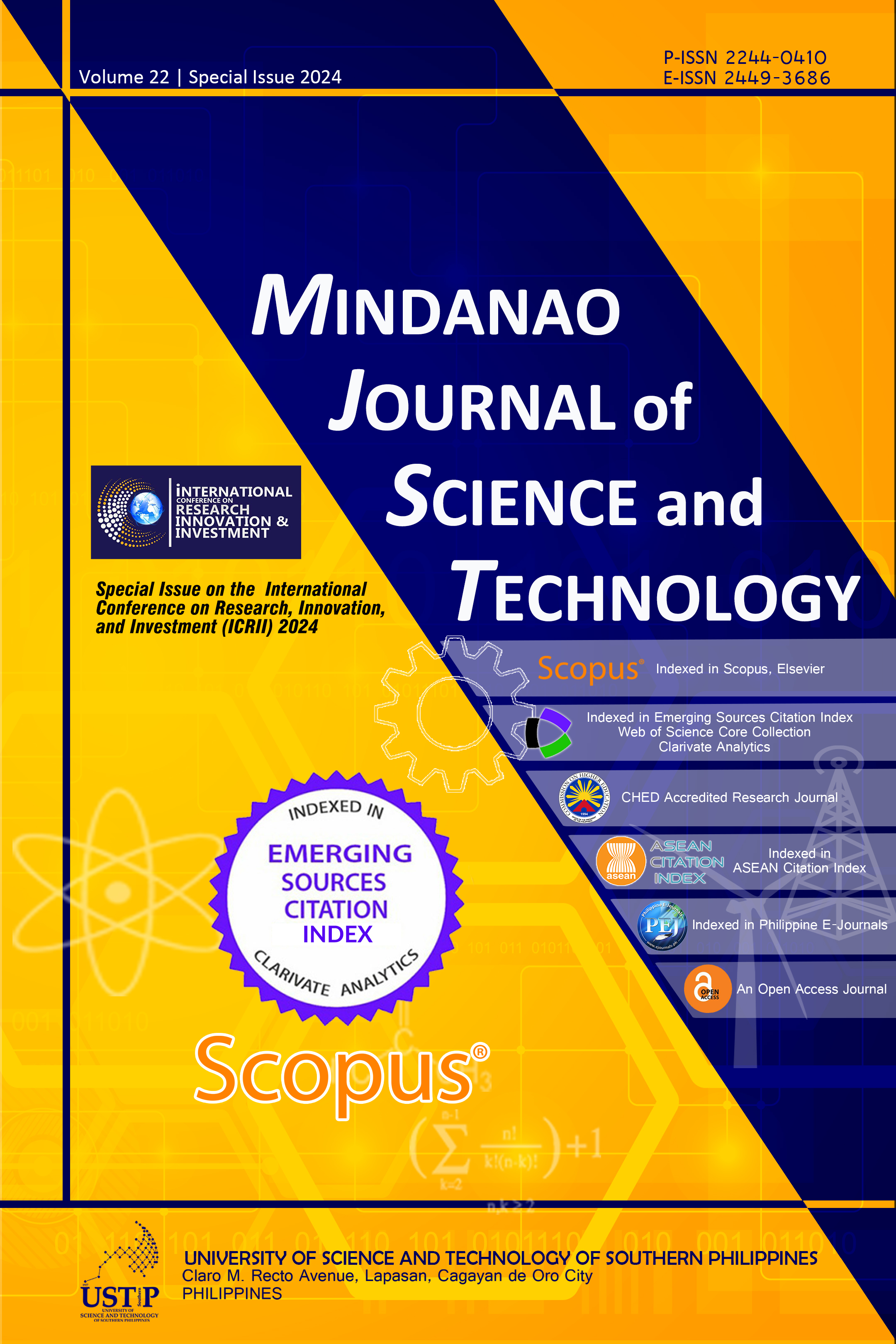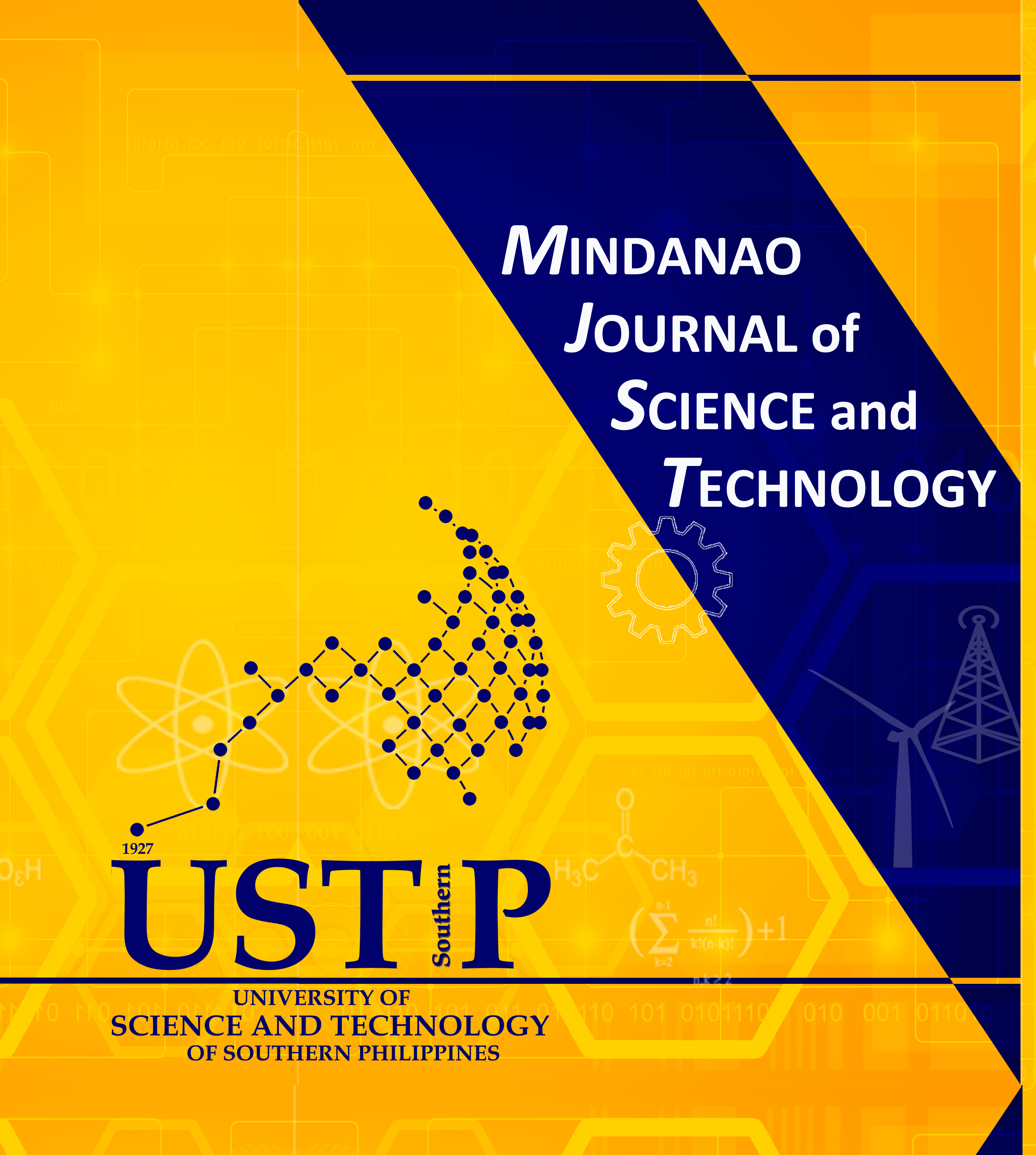Assessing Nitrate and Phosphate Contaminants in Agricultural Soils and Groundwater: Implications for MLGU Restoration and Eutrophication Management
DOI:
https://doi.org/10.61310/mjst.v22iS1.2212Keywords:
agrochemicals, biogeological processes, fertilizer application, leaching events, sustainable farmingAbstract
Effective crop production depends on a sufficient supply of nutrients through fertilizer application to achieve optimal yield. However, farmers must properly manage soil nutrients to meet the fertility needs of crops without negatively impacting the quality of precious water resources. This study evaluated nitrate and phosphate levels in water and soil in Barangays Mangayang and Gabut, Dupax del Sur, Nueva Vizcaya, to understand the impact of fertilizer and agrochemical use in agriculture. The study revealed that nitrate concentrations in irrigation water were low, with mean values of 0.20275 mg/L in Mangayang and 0.41250 mg/L in Gabut, both within the acceptable limit of 7 mg/L, and showed no significant differences (p > 0.05). Soil nitrate levels were also low, with mean values of 0.57640 mg/kg in Mangayang and 0.31300 mg/kg in Gabut, falling below the recommended range of 10-50 mg/kg. Phosphate concentrations in water exceeded acceptable limits, with mean values of 1.5830 mg/L in Mangayang and 1.5415 mg/L in Gabut. In contrast, soil phosphate levels were low, with mean values of 6.1660 mg/kg in Mangayang and 1.6000 mg/kg in Gabut, with no significant differences (p > 0.05). In conclusion, nitrate levels were within safe limits, but elevated phosphate concentrations risk water quality and ecosystems. The findings suggest that improved fertilizer management practices, including precision agriculture and reduced nutrient runoff, are essential to mitigate environmental impact and ensure sustainable agricultural practices. Regular monitoring and farmer education are crucial to balancing crop production and environmental protection.










